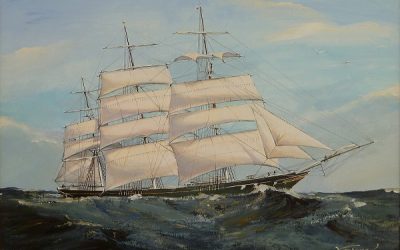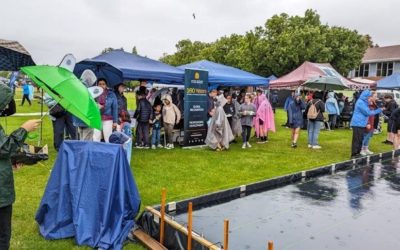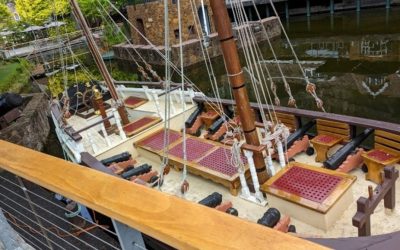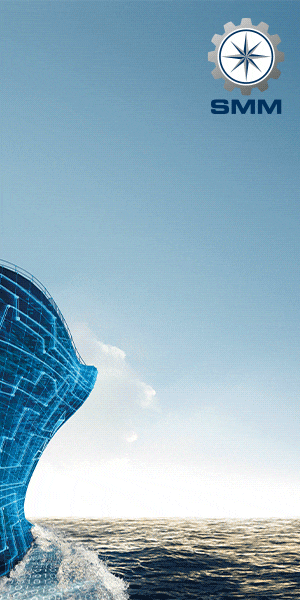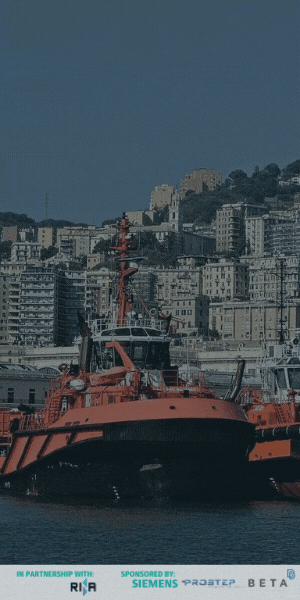The Naval Architect: April 2019
But advances in computing over the past decade, notably the opportunity to exploit the processing power of graphics cards originally developed for gaming, means that it’s now possible to calculate forces on a ship based on a grid model of the vessel and perform massive parallel computations. Now, as part of a new two-year innovation project funded by the Danish Ministry of Education and Research, Force Technology is set to bring these gains into its simulation platforms with the announcement of a ship hydrodynamics model. The model will make it possible to obtain far more accurate simulations of the wave and flow conditions around the ship in shallow waters, ports and channels to obtain the correct ship response.
According to Jens Erik Bay, senior project manager at Force Technology, the project was set-up in response to the growing demand from shipowners and port operators for more precise data, particularly as ships grow larger and navigating them into confined waterways becomes more hazardous. Force Technology is regularly requested to perform simulations to ascertain the conditions under which a ship can be brought safely into port and advise on changes needed to the design, even at an early stage in the design process. Simulators are also deployed for ships that have already been built, for example to familiarise marine pilots with a new ship type ahead of its delivery.
“The interesting thing about this development project is the calculations on the actual shape of the ship, enabling us to analyse its manoeuvring characteristics as it approaches a port or is passing through a channel. The method we use today is based on coefficient tables and formulae that are a very good but simplified version of real-life. With this project we get a huge increase in accuracy and get much closer to reality”, Bay says.
When a ship enters a confined waterway, it is subject to a variety of challenging hydrodynamic effects including: the suction caused by shallow and narrow water channels, and the increased pitching and rolling caused by waves and swell. A particular issue for today’s larger ships is under keel clearance (UKC), which can sometimes require millions of dollars of dredging. Therefore, anything other than an optimal solution can have huge cost implications.
Ole Lindberg, who serves as the project’s manager, says that the initiative is part of a trend away from physical towing tank and wind tunnel experiments towards computer calculations. “What we’re aiming at is calculation of the flow of the water around the ships (in harbours and channels), as we’re simulating in real-time.
“For example, if you want to determine the interaction forces between a tanker and a tug at model scale in the towing tank, we can only do it in a finite number of experiments and then use this data to estimate the forces in the simulator. But, of course, that’s limited to specific hull shapes and to do it accurately with other ships you would need to make more physical models and do more experiments, which is an expensive process.”
The new hydrodynamic model will be integrated into Force Technology’s existing SimFlex software, which is used in its DanSim training centre in Lyngby, near Copenhagen and in their training centre in Singapore.


